The 4 Common Types of Refractive Errors
If you wear glasses or contacts to correct your vision, that means you have some kind of refractive error. According to the Centers for Disease Control, refractive errors are the most commonly occurring eye problems in the US. Not everyone who has a refractive error knows the specific vision disorder they have. Below are the four common types of refractive errors that a person can have.
1. Nearsightedness
Myopia, also known as nearsightedness, occurs when the eyeball is too long from front to back or the cornea or lens is shaped incorrectly. When a person sees, light is supposed to focus directly on the retina, but these problems cause the light to focus in front of the retina instead. As a result, people who are nearsighted will see faraway objects as blurry if their vision is left uncorrected.
2. Farsightedness
Hyperopia, also known as farsightedness, is effectively the opposite of nearsightedness. This problem occurs when the eyeball is too short from front to back or the cornea or lens is shaped incorrectly, causing light to focus behind the retina. People who are farsighted may be able to see objects that are far away, but anything that is too close up will appear blurry.
3. Astigmatism
Another refractive error is astigmatism. Astigmatism occurs as the result of the cornea or lens having an unusual shape. This causes light to bend in an odd way as it enters the eye, making it difficult to see clearly. Astigmatism is often related to other refractive errors such as nearsightedness or farsightedness.
4. Presbyopia
The last error is presbyopia, which is a condition that comes with age. When a person is approximately 45 or older, the lenses of their eyes harden and become less flexible, preventing light from focusing properly on the retina. This makes it difficult to see things up close. Presbyopia is a natural part of aging that will inevitably happen to anyone once they reach a certain point in life.
If you've noticed that you have difficulty seeing properly, you may have one or more of the above refractive errors or a different vision disorder. You may be able to benefit from the vision therapy services at the Vision and Learning Center. Schedule a free virtual consultation with one of our vision therapists today to learn more about how we can help you see the world around you more easily and enjoy a better quality of life.

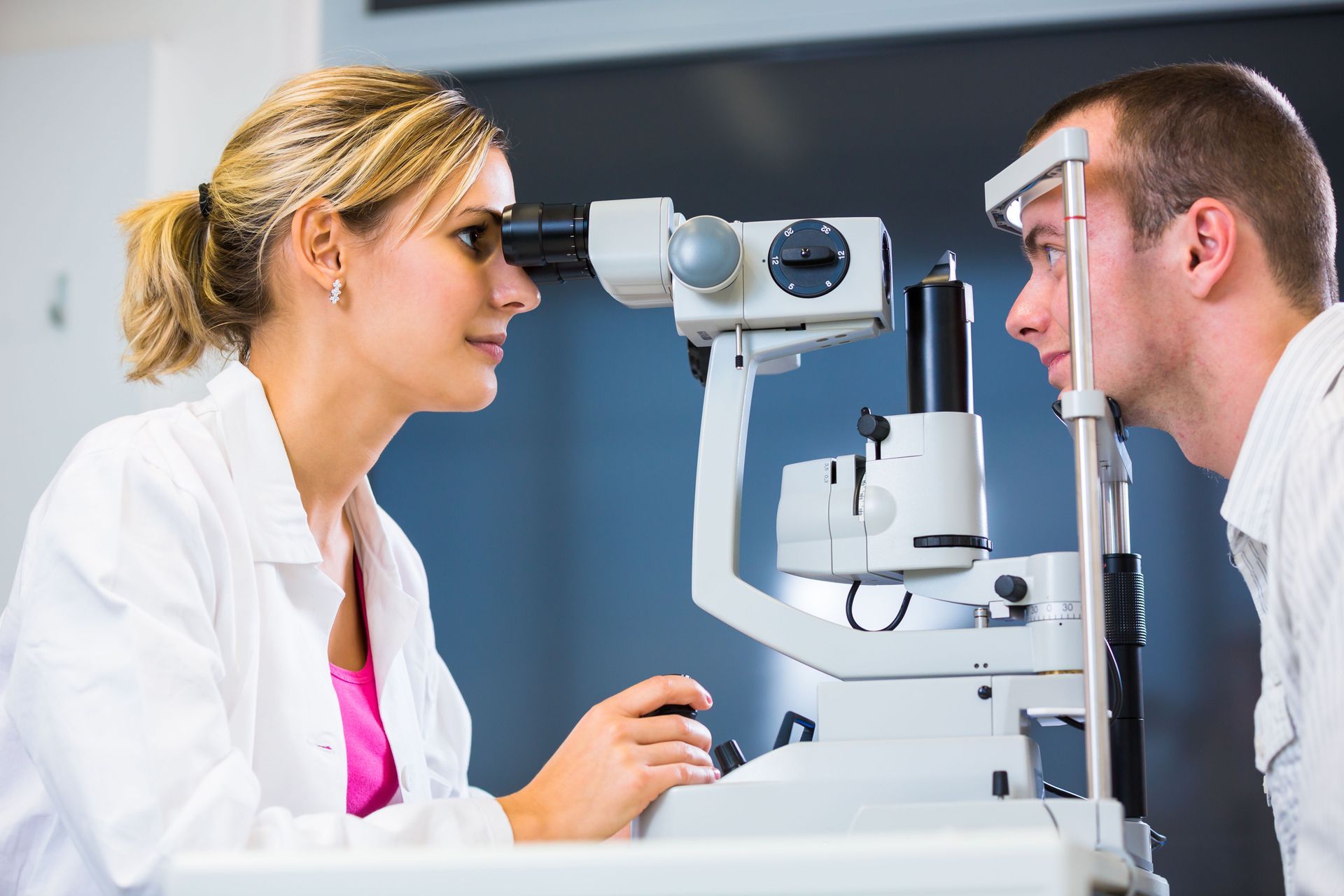

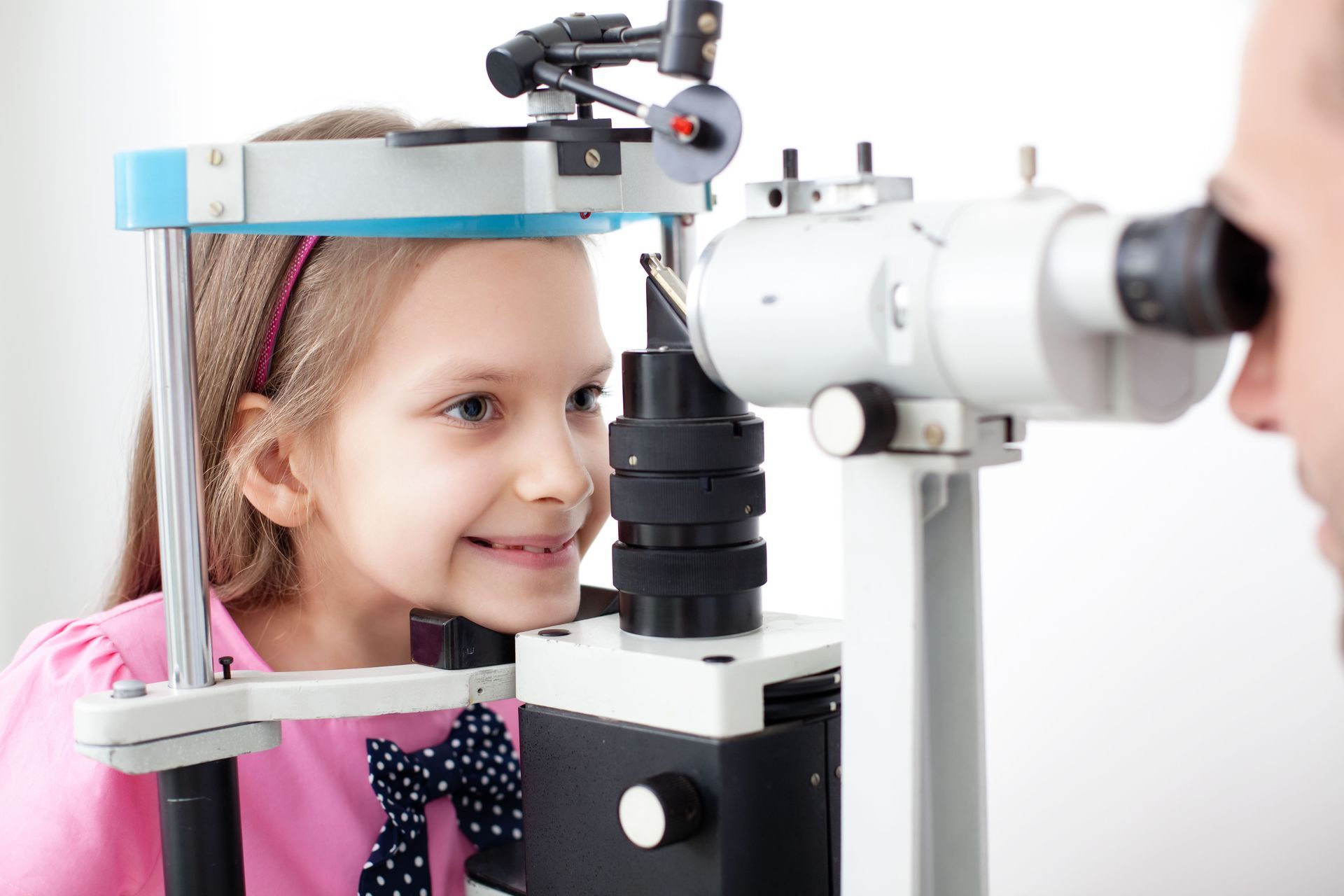
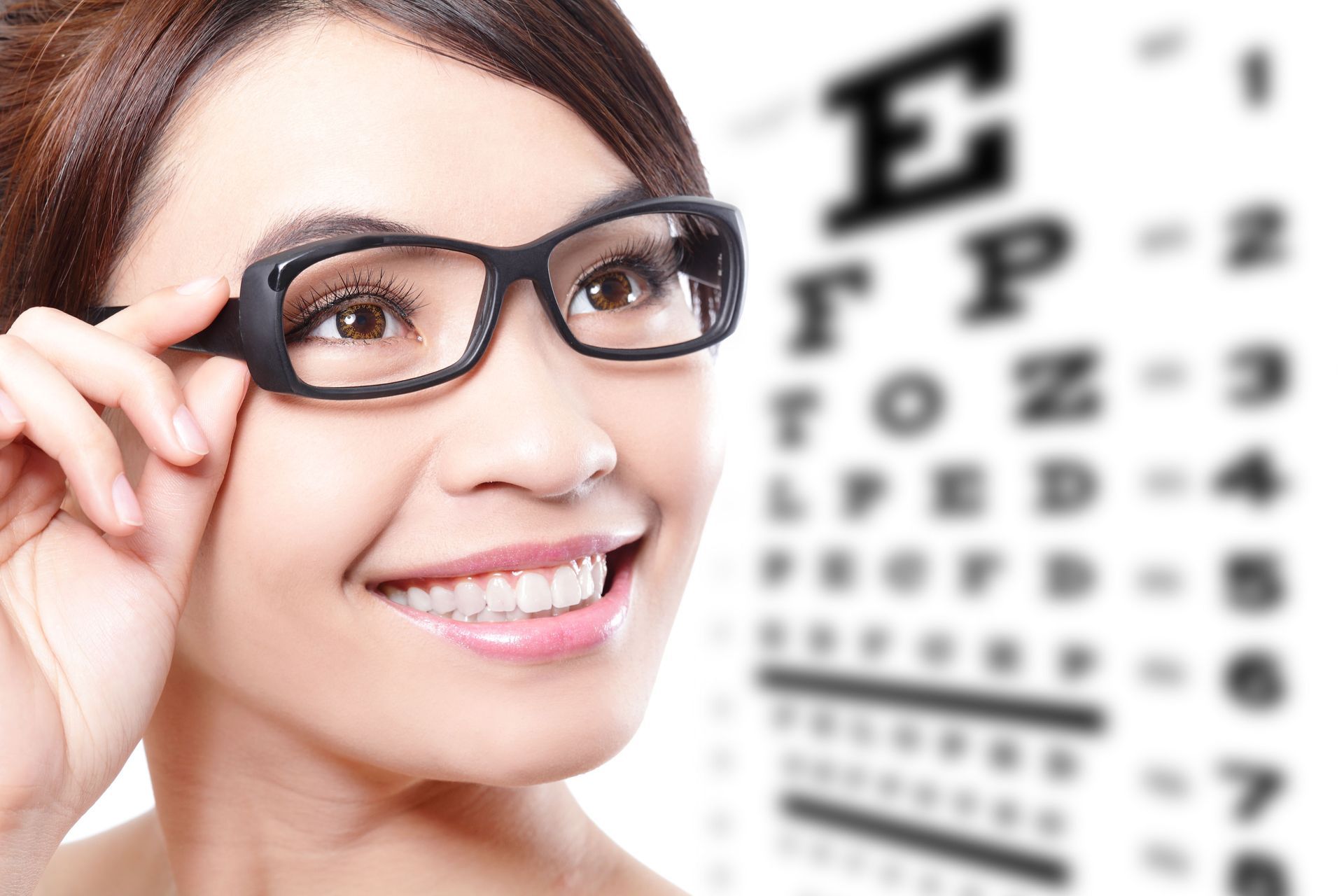
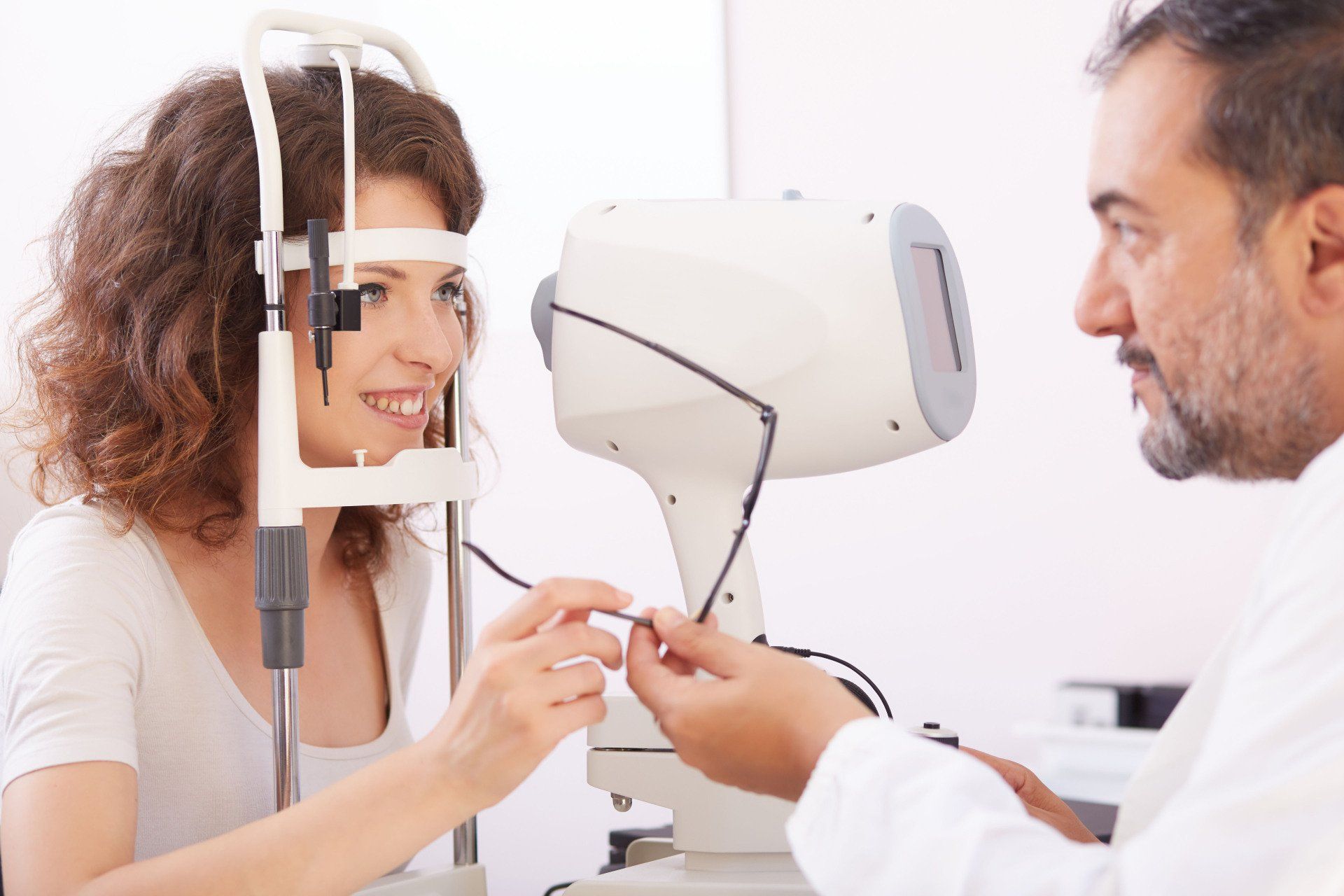

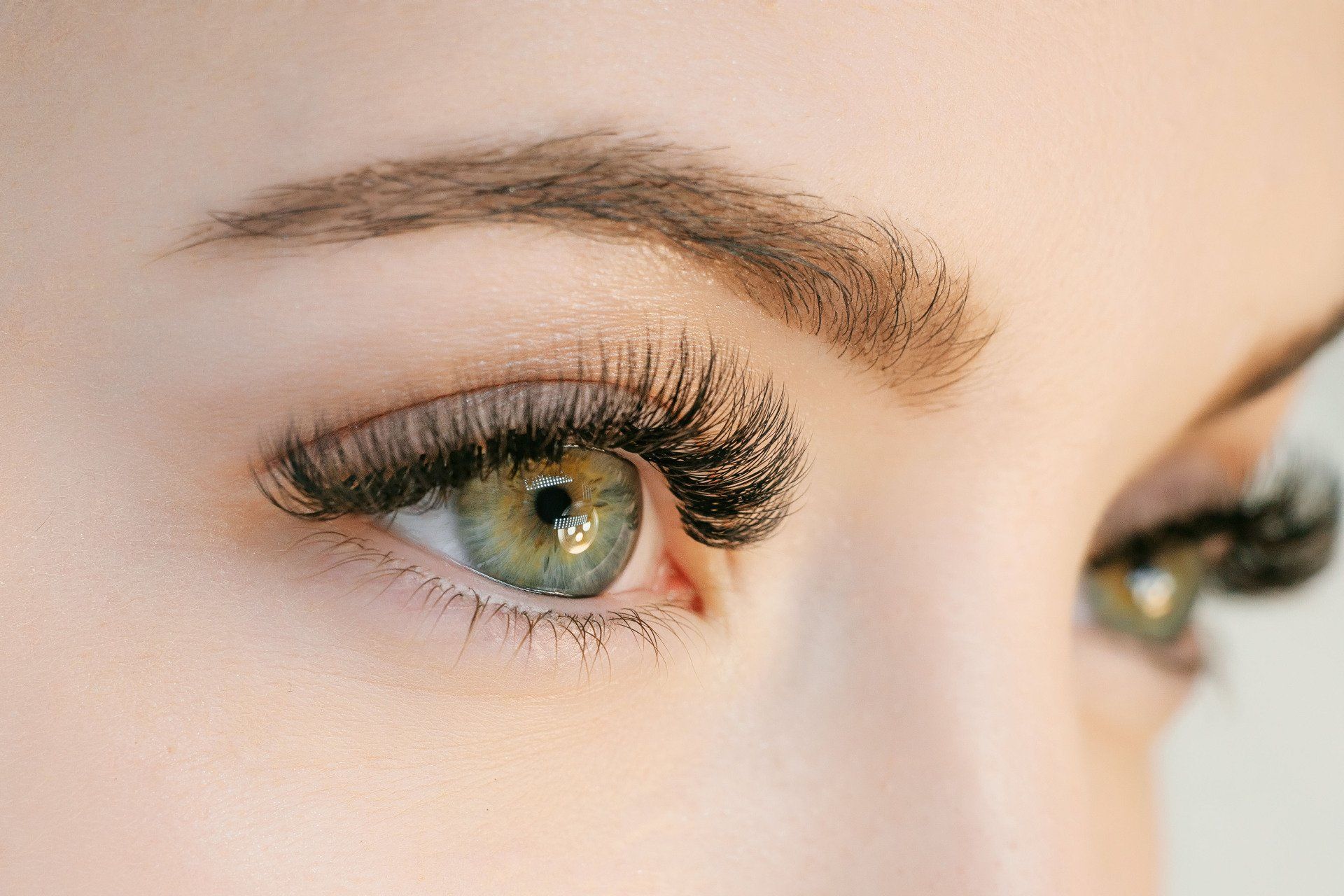
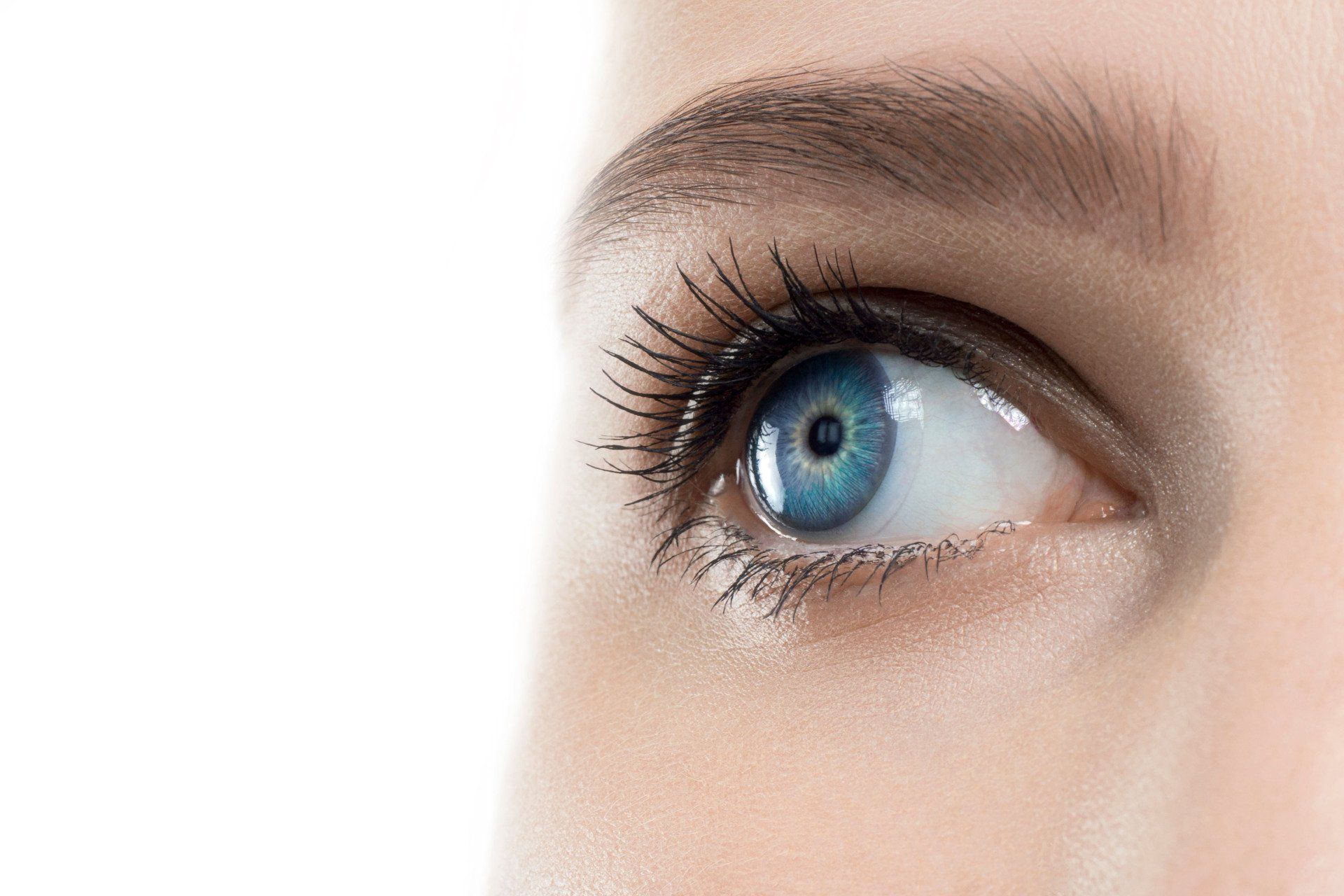
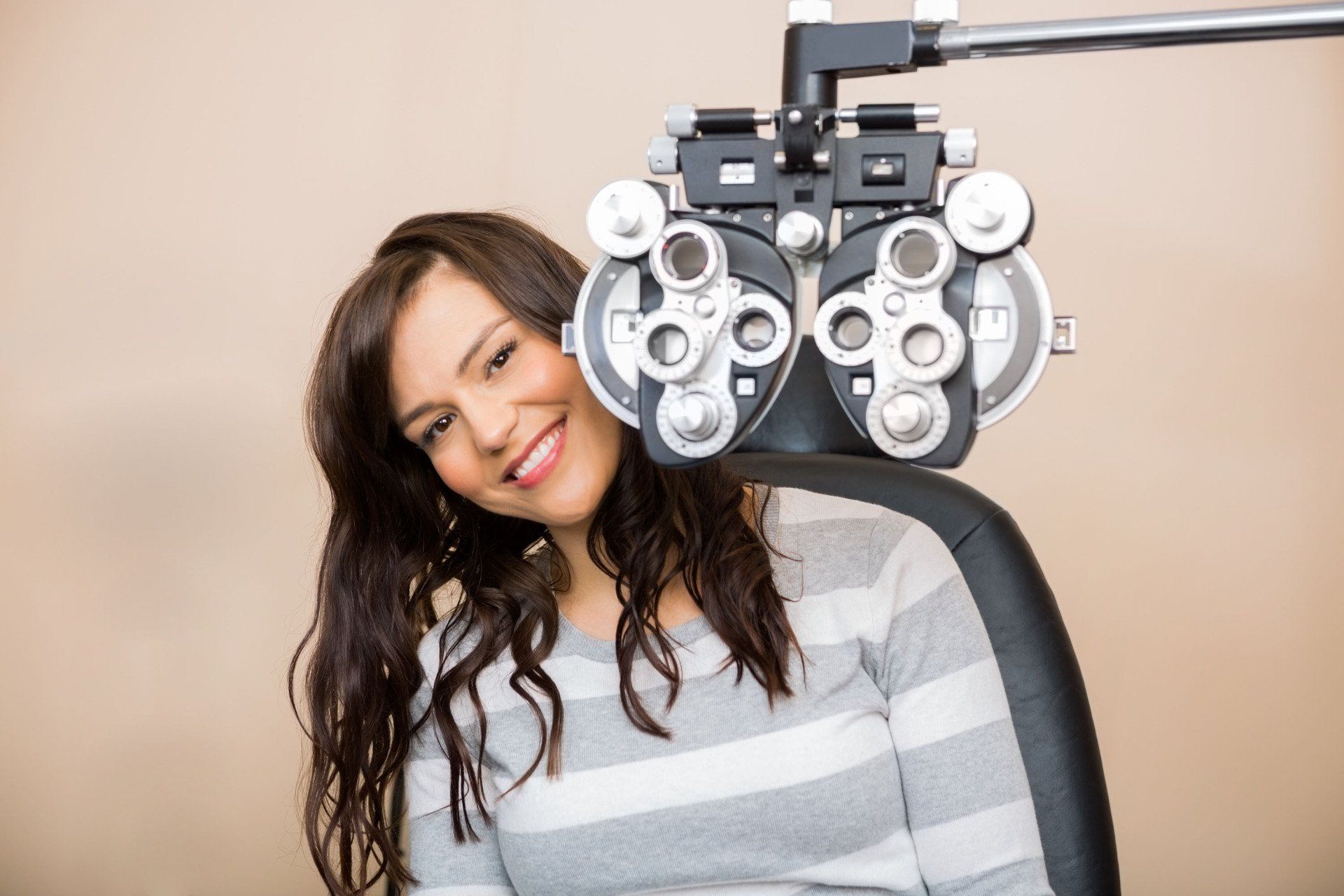
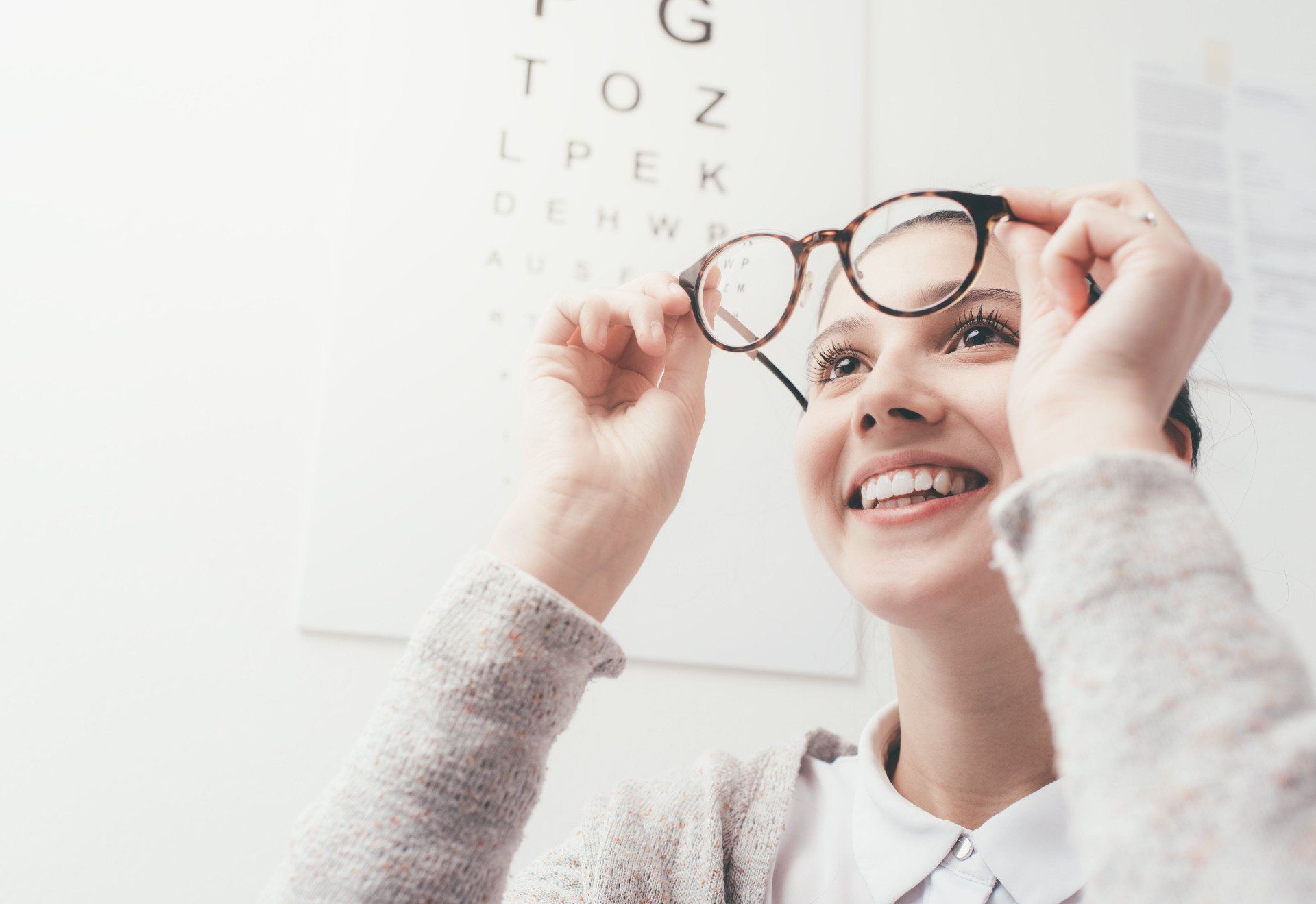
Share On: